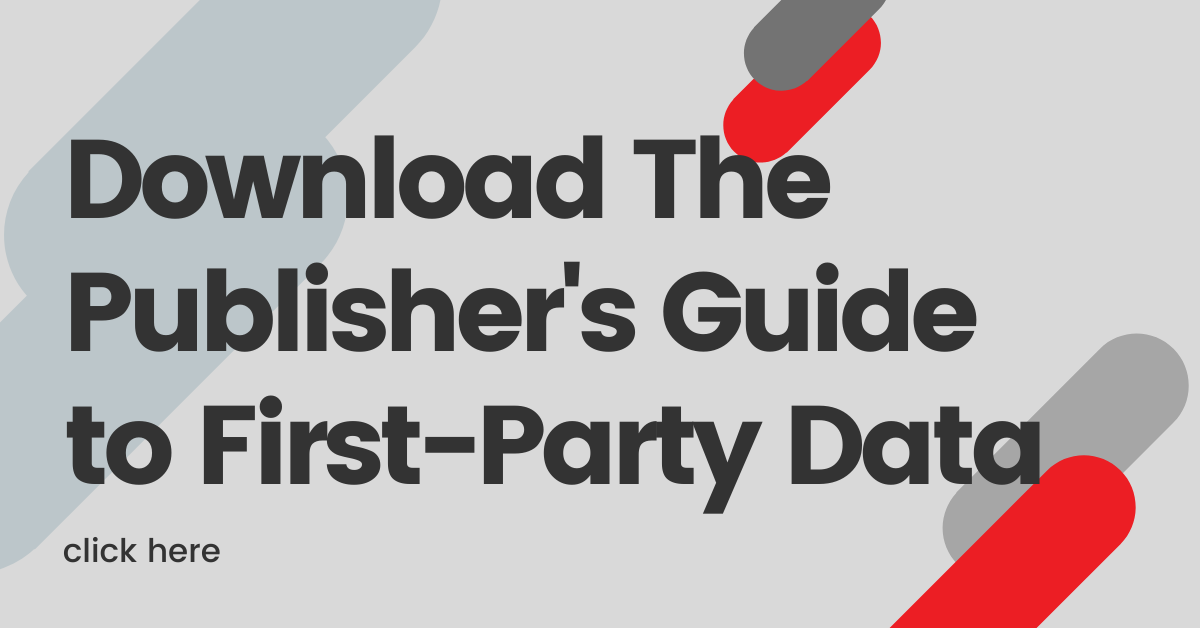Spotlight:
- 66% of publishers worldwide are active in the eCommerce space right now.
- First-party data is key to creating relevant shoppable experiences.
- Publishers can serve up targeted on-site and off-site product recommendations and offers.
- Engagement and interest data lead to closer relationships with retail partners and shoppers.
- According to Viafoura data, engaged users spend an average of two to ten times the amount of minutes on publisher pages compared to unengaged visitors.
- Viafoura provides rich, first-party data that media organizations can feed into their eCommerce strategies to engage their users, boost sales and strengthen relationships with retail partners.
With more consumers turning to online shopping during the pandemic, eCommerce has been booming. Media companies are now rushing to enter this profitable space and diversify revenue streams by delivering trusted shopping experiences across their properties.
In fact, a survey conducted by Digiday found that 66% of publishers are already generating some level of revenue from affiliate commerce.
It’s clear that publishers are diving into eCommerce — so how can media companies maximize their profits and reputation in this space?
Media organizations must serve up products that align with their audience’s interests if they hope to provide trusted shopping experiences and increase related revenue.
And that is where first-party data comes in.
Discover how first-party data can improve the way media companies approach eCommerce below.
Producing Targeted Shopping Experiences
Just as your business’ editorial strategy can be supported with user data, you can also lean on critical data insights to personalize their shopping experiences with your organization.
However, it’s essential that you’re leveraging first-party data, not third-party data, in your eCommerce strategy. After all, as third-party cookies are set to be erased from the internet forever, first-party data has become the obvious replacement.
Media organizations are now gradually recognizing how first-party data can replace third-party data and help create relevant shopping experiences for different groups of digital visitors.
Take Vice, for instance.
“Vice will… focus on curating recommendations for specific micro-communities within its audience as those groups tend to spend money based on their passions,” says Vice Media’s chief digital officer, Cory Haik.
By personalizing product recommendations through first-party data, media organizations can make smarter, data-informed decisions to grow eCommerce revenue.
Data-Driven Recommendation Tactics
Odds are, you probably already use your audience data to improve visitor interactions with your company’s website or app in some way or form. And you can do the exact same thing with your eCommerce strategy to set your company apart from competitors and build trust from audience members.
“Even though personalized recirculation has become common across media, the number of publishers personalizing the shopping content recommendations their readers see is small,” explains Abby Campbell, the VP of a marketing agency.
Get ahead of the game by using first-party data to power your product-recommendation widgets or shopping pages directly on your site based on the unique interests of your audience.
The New York Post, for example, is feeding data from its customer data platform into shopping recommendations that are displayed across its digital properties.
Alternatively, you can dig into your first-party data to discover the topics that your most active users tend to engage with. You can then send them customized emails featuring shopping offers and discounts to heighten interest in your products.
Audience members will be more likely to purchase products that are relevant to them, after all.
Enhancing Publisher Properties for Retail Partners
Major eCommerce platforms like Amazon and Instagram currently provide consumers with outstanding shopping experiences. As a result, internet users expect every digital shopping experience to be just as engaging and personalized.
Retailers are now looking to deliver unique experiences to potential customers with trusted partners.
For media companies, this means that they have the chance to generate eCommerce revenue if they can impress retailers enough with a unique, data-powered strategy.
Autovia Chairman Peter Plumb highlights how there is a whole range of “opportunities for those with the broadest and most engaged reach, the richest audience data and the most trusted brands & content.”
First-party engagement and interest-based data can be used to activate digital visitors through personalized experiences, encouraging them to spend more time on your pages looking at — and buying — products. These experiences can also be targeted to highly engaged audience members to heighten product sales.
Keep in mind that, according to Viafoura data, engaged users will spend an average of two to ten times the amount of minutes on publisher pages than an unengaged visitor.
Ultimately, first-party data is key for media companies to improve their digital eCommerce services and solidify profitable relationships with retail partners and audience members.
As a first-party data provider, Viafoura gives media companies a 360-degree view of their community’s behaviors and interests. Organizations can access this information and draw critical insights to bolster their eCommerce strategies and attract retail partners.




